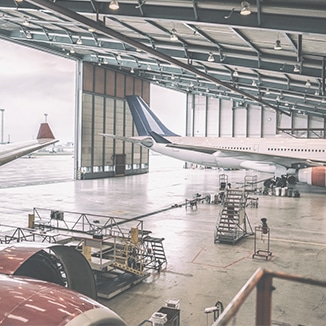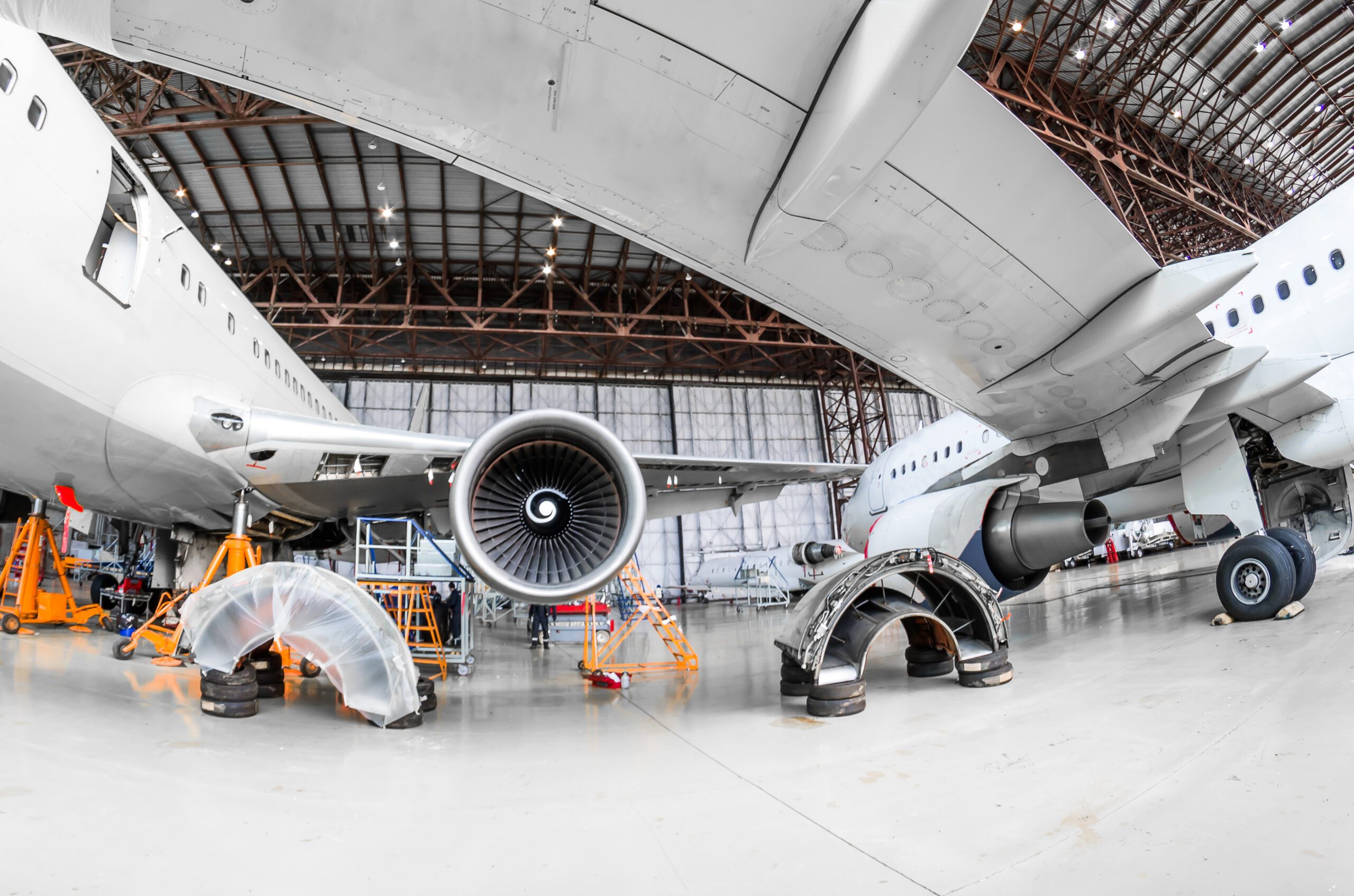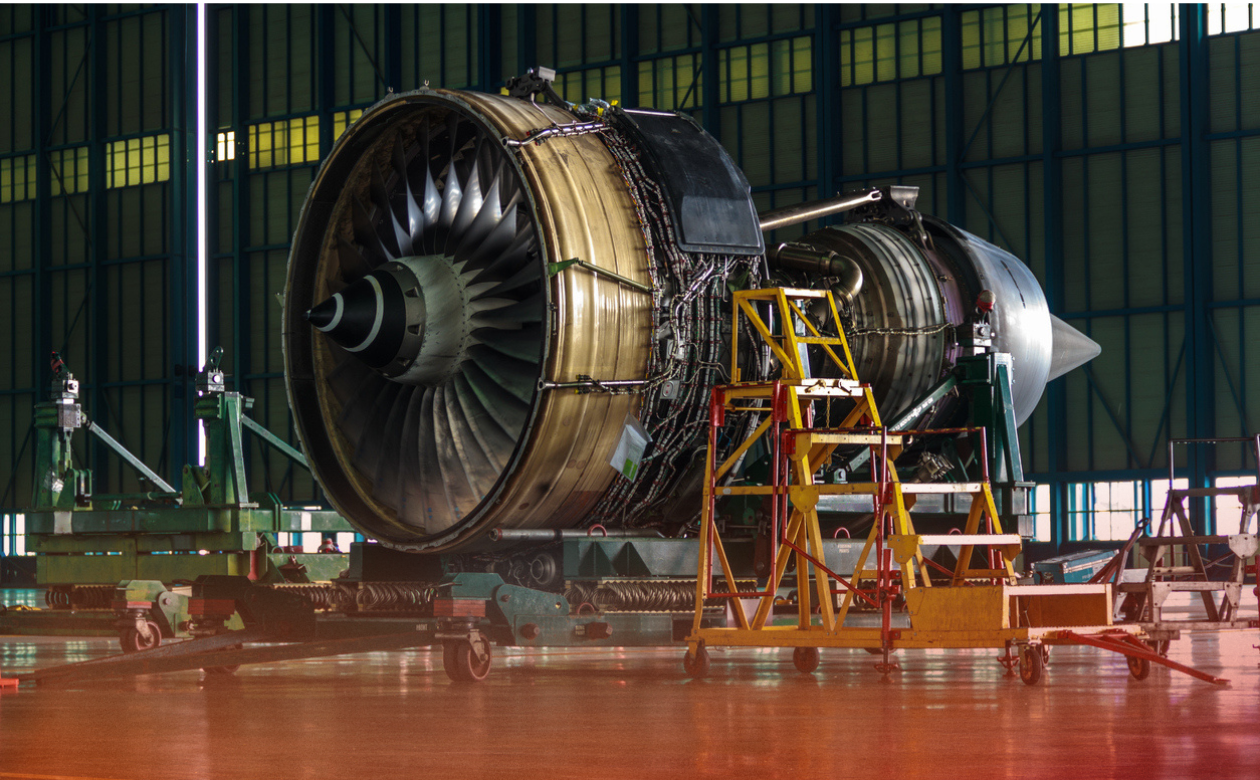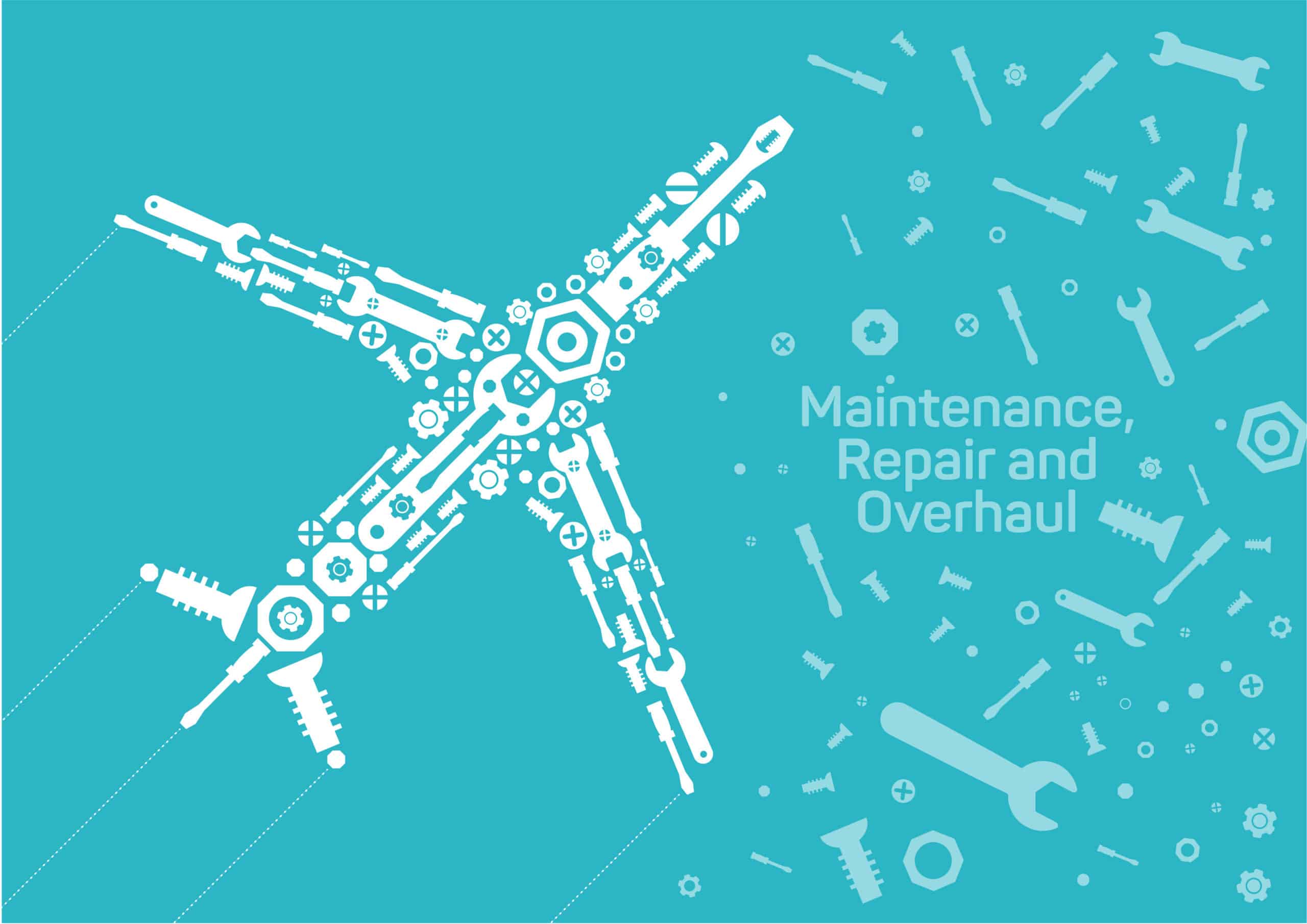A recent article on Aviation Week underscored just how maddening MRO compliance can be. The feature pointed to the new parts documentation requirement in change 5 (and now 6) to the US-EU Maintenance Annex Guidance (MAG) as an example of how regulatory issues can become burdensome for aerospace maintenance:
“The MAG change required an FAA Form 8130-3 from the production approval holder (PAH) to accompany all new parts installed by U.S. repair stations on articles that may be exported to the EU. Unfortunately, under then-existing FAA rules, the agency (not the manufacturer) had to issue the form, usually through a PAH’s designee. That created a regulatory Catch-22: In order to serve European customers, many U.S. repair stations would be legally obligated to possess parts documentation that U.S. manufacturers could not issue without FAA designees. The designees were (and still are) in short supply, particularly considering the hundreds of thousands of parts that would need the EASA-required documentation.”
Recognizing the threat to aviation maintenance efficiency and profitability, the Aeronautical Repair Station Association (ARSA) led a coalition that pressed the FAA and European Asian Safety Administration (EASA) to resolve the problem and has since kept pressure on the agencies to make workable solutions. That the problem existed in the first place is an important reminder of just how maddening regulatory compliance issues can be.
MRO Compliance Saves Lives
What drives regulation in the commercial aircraft industry is the safety of passengers, the desire being to regulate how aircrafts are maintained to ensure that safety. Naturally, then, regulations are important because of the safety they’re designed to ensure—but also because without them the motivation to properly maintain assets might become unduly affected by the cost of maintenance.
It costs money to maintain aircraft, so there’s a constant balancing act between the cost of maintenance and the desired level of safety. Commercial airlines need to keep their planes in service and increase their service hours, which means they’d like to minimize the time they’re being serviced. So the question is: How do we make sure we’re spending the necessary (but not unnecessary) time to service the aircraft?
The Process of MRO Compliance
Compliance starts with maintenance requirements, plans, and schedules, mostly prescribed in OEM maintenance manuals. When the OEM creates a product, they also create the requirements for service. Ideas are established about how often parts need to be cleaned, lubricated, calibrated, etc. Similar to brake pads in an automobile, brakes in landing gear, for example, take on significant wear over time, and the importance of keeping up on maintenance cannot be overstated.
However, these MRO requirements are not static. For aircraft, requirements are constantly changing. Service bulletins and aircraft directives are issued continually. So maintaining the cross-reference between the maintenance requirements, the configuration requirements for the aircraft, and the current maintenance task catalog is a major, critical task.
Documentation is necessary to assure that these changing processes have taken place properly, since MRO compliance is a requirement. This means keeping updated records of inspection, service performed, reassembly, and testing of the aircraft. Documentation is also needed to verify that the personnel performing the service had the right qualifications and certifications, and that the equipment used in servicing was the correct equipment. Documentation requirements are strict. They’re meant to assure that all work is done to the latest specifications, and that nothing falls through the cracks.
Modernizing the Process of MRO Compliance
Today, in many shops, there are still large amounts of paperwork involved, including, for example, paper to track configuration control, recordkeeping, parts installed, removed, and disposed, and more. The time it takes to deal with such paper-based processes is significant.
There are huge opportunities to reduce costs, because all MRO tasks take extra time and lead to aircraft out-of-service. Every extra day that an aircraft is in the hanger for MRO is a day that it’s not flying. So the motivation to reduce cycle time is extremely high.
Your Solution for MRO Compliance
Solumina software suite by iBase-t is focused on taking those paper-based processes and making them electronic, online, and efficient. It automates a lot of the checks that otherwise would be performed manually, taking the double and triple manual checking out of the system, because it can assure who did what, when, and then move on to the next task automatically.
The discipline of real-time tracking ensures and all data and signatures are collected, and saves considerable time and cost. Further, it automatically creates a book that becomes a one-click printout of documentation, instead of requiring days and days of assembling and cross checking error-prone, paper-based data.
The Solumina solution helps aerospace manufacturers comply with MRO regulations while reducing service and maintenance costs.






